#valancourt
Explore tagged Tumblr posts
Text
The word of the day is "Valancourt"
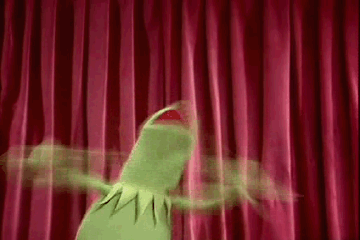
I need to flail about copyright law, and a DC Circuit Court decision that happened, err, yesterday:
Valancourt Books, LLC v. Merrick Garland, No. 21-5203 (D.C. Cir. 2023)
(You can google it. The Justia link has the full PDF.)
The ultra-short, tl;dr: Publishers don't have to submit 2 copies of their books to the Library of Congress anymore.
More details: Valancourt is an indie book publisher who skipped the "send two copies to the Library of Congress" part of copyright registration, in part because many of their works were public domain reprints, and in part because, well, they're a tiny indie publisher operating on a shoestring budget
I don't know how the LoC happened to notice them (certainly the vast majority of published works are NOT sent to the LoC, even if we leave out the digital works), but they did, and ordered them to send 2 copies of each of their works or face a hefty (for a small publisher) fine.
Valancourt fought back, claiming that, among other problems, the law (17 U.S. Code § 407 - Deposit of copies or phonorecords for Library of Congress) violates the 5th Amendment - it demands property of citizens without compensation.
Two lower courts sided with the gov't, saying that the benefits of copyright are extensive.
The DC Circuit court disagreed (emphasis added):
In urging us to view mandatory deposit as part of a voluntary exchange, the government cites the many benefits that copyright confers upon authors. But authors obtain those benefits upon fixation, and mandatory deposit grants no additional benefits. Tellingly, the government cannot point to a single incremental benefit that copyright owners receive for depositing works pursuant to Section 407. That provision then cannot represent a voluntary exchange for a benefit—there is no benefit at all.
Originally, depositing copies was a requirement of copyright registration - no copies, no copyright protection. Simple. Even had a practical purpose: in cases of infringement, the gov't had a copy of the original work to haul out to compare.
But the Copyright Act of 1976 threw that out - works were copyrighted "upon fixation of a work in a tangible medium," no registration required, not even the little © symbol.
Registration is required to pursue infringement claims. But. "The Act also removed loss of copyright as a sanction for failure to deposit." The 1976 Copyright Act was designed to say EVERYTHING IS COPYRIGHTED NO MATTER WHAT and not require anyone [companies] to do anything to secure those rights.
...It's been nearly 50 years since depositing 2 copies has given any benefit to publishers, but of course, they keep doing it, because the penalty for not doing so is heavy government fines.
Until someone (Valancourt) successfully argued that "requiring property without compensation" is a violation of our 5th amendment rights.
21 notes
·
View notes
Text
Review: "Valancourt Book of World Horror Stories, Vols 1 & 2" edited by James D. Jenkins and Ryan Cagle -
Review: "Valancourt Book of World Horror Stories, Vols 1 & 2" edited by James D. Jenkins and Ryan Cagle -
While not every story is terrifying, the Valancourt project is unique and important, bringing new and veteran writers into the English-reading world for the first time. What results is a unique collection with a wide range of concepts of horror. Worth reading, either or both volumes!
youtube
#bookworm#literature#book reviews#read read read#books#horror#valancourt#ryan cagle#james d jenkins#Youtube
0 notes
Text

The Amulet Art by Mike Mignola Cover artwork for an upcoming reprint of Michael McDowell's horror novel from Valancourt books, with another for McDowell's The Elementals on the way.
14 notes
·
View notes
Text
Beside us the lake murmurs. I drown in her eyes.
Martin Steyn, The Valancourt Book of World Horror Stories: Volume One; from 'Kira', tr. James D. Jenkins
290 notes
·
View notes
Text
MUSLIM HORROR FICTION MADE THE FINAL CUT!!!!

#the valancourt book of world horror stories#bathie ngoye thiam#the house of leuk dawour#real talk#book hoe
4 notes
·
View notes
Photo

@metrogeek
#valancourt books#victorian ghost stories#ghost stories#horror#gothic fiction#books#novels#reading#bibliophile#booklr#mine#metrogeek
0 notes
Text
Ok I'm in a bit of a conundrum.

Technically, I've just taken a picture of a quote from Valancourt who is a guy from The Mysteries of Udolpho (novel by Anne Radcliffe) so uhhhhh. Does this count? Do I have to get married to the creepy guy who likes strolling in my garden in the middle of the night??
Otherwise, here is Simran.

PLEASE LET ME MARRY SIMRAN LOOK AT HER SHE IS SO PRETTY <2
Thank youuuu @anna-jo for the tag :D
Tagging: @soultea, @julyzaa, @linmeiwei @mbirafics, @rainpiratequeen, @theoceansblog + whoever would like to partecipate!

KSKSJSLSKSKLASIIS OKAY GENOS-
I'D NEVER SAY NO TO U 🤚
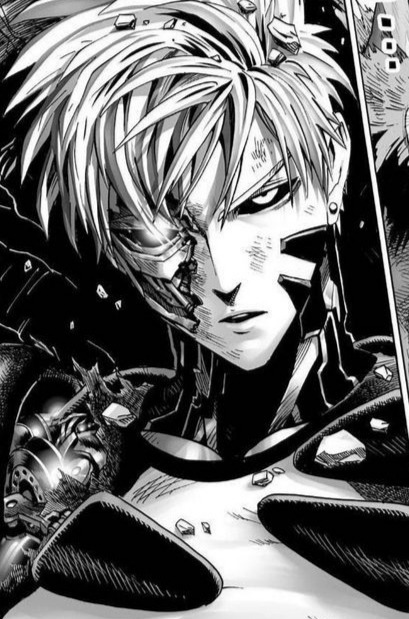
Tagging: @kingkyoujurou @presidentmonica @laudthingcat @kampfkuchen85 @cherrykamado @bxbycake @happygoluckyalexis @tonaken + anyone who wants to <3
#i just made her my screensaver that's why i have this photo#save me from valancourt simran#tag#the mysteries of udolpho#ddlj
14K notes
·
View notes
Text
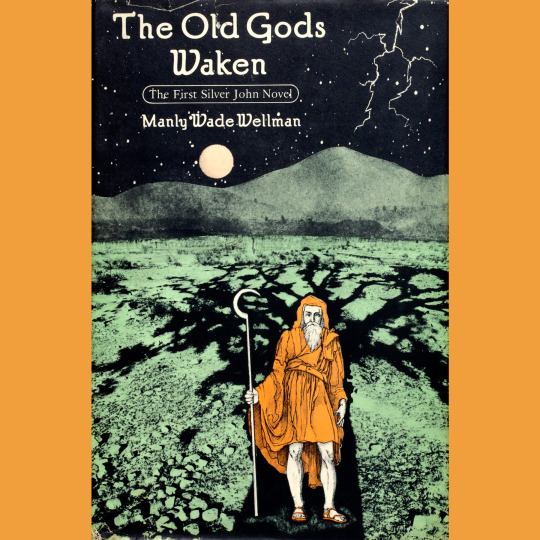
Welcome to the first meeting of our new Manly Wade Wellman appreciation society. After the golden age of the pulps, there are two authors who, for my money, tower head and shoulders above everyone else spilling ink — Fritz Leiber and Wellman. I don’t think either get enough credit and Wellman perhaps doubly so, especially the Silver John stories, which have, infuriatingly, been out of print most of my lifetime. Nonsense. Madness. The short stories at least have been recently reprinted by Valancourt Books (though with a terrible cover — sorry, John’s not a beardo), so this week I want to raise the profile of the novels. There were five, written for Doubleday and published expressly for the Science Fiction Book Club (I believe). There were paperbacks of some (Most? All?I’m not sure) in the mid-‘80s, but they’ve not been reprinted until the 2023 Complete John the Balladeer from Haffner, a pricey two-volume set.
This is the first, The Old Gods Waken (1979), which sees John get involved in a squabble between neighbors that winds up masking a sinister agenda involving druids, messing with ancient powers and, if John’s too late to the rescue, human sacrifice. The Raven Mockers, evil spirits from Cherokee folklore, play a memorable part.
The details, fun though they may be, are secondary to the feel of the thing. John is just so damn likable and pleasant, even with folks who don’t deserve the consideration, like the pair of druid brothers. There isn’t ever a real sense that John can fail, its his very nature to pick out a song on his silver-stringed guitar and find a solution, or a friend who can help out (in this case, a Cherokee medicine man/social scientist). John’s inner goodness just sees him through and that makes these stories both delightful and odd. You get a real sense of Appalachia, of the rhythm of the speech. These aren’t really horror stories, or fantasy (though John is 100% the template for the D&D Bard) but more warm-hearted adventure stories. I can’t even complain about the druids being such comical, one-note villains.
Michael Flanagan did the cover. Spooky!
#roleplaying game#tabletop rpg#dungeons & dragons#rpg#d&d#ttrpg#Manly Wade Wellman#Silver John#Old Gods Waken
73 notes
·
View notes
Text


Ella Watts of @camlannpod is returning as our director and associate producer! As a director, Ella has worked for the BBC, Six to Start, Marvel, and numerous indie audio dramas. You might know her work from Doctor Who: Redacted or Eliza: A Robot Story. If you listened to Re: Dracula, you're familiar with her incredible talent. I'm ever so excited to work with her more!
Jamieson Ridenhour is coming on as a script editor and executive producer! You might know his work from Palimpsest, a fantastic horror podcast. He is also a professor of English who has taught on Carmilla for over a decade and edited the Valancourt edition of the novella. I couldn't have a better collaborator for adapting Carmilla to audio. Jamie knows audio drama, horror, and Carmilla. It's perfect!
Support Carmilla, A Re: Dracula Miniseries by joining the patreon!
109 notes
·
View notes
Text
I want what 20th century women authors were on
Ok but no literally I was reminded of my favorite (as of right now I am fickle) gothic novel. Which guys let me tell you about Ann Radcliffe's The Mysteries of Udolpho. Have you ever wanted to read Jane Austen but like also the plot is on crack a bit? Yeah, I also didn't know I wanted that until I had it.
So like, maybe spoilers but the novel was also published in 1794 so I feel like its fine. I'm going to break the book's plot down into four, and i want emphasize this, very simplified sections.
Part One: Death. We start with the death of our main gal's (her name is Emily) parents, total bummer they were like a super nice family and now she has to go live in the wack castle with her aunt. Stuff does happen before her parents die but for the sake of not ranting too much the most important pre-parental-death facts to know is that the family's fortune was in decline, Emily accompanied her father travelling the world after her mom dies and while journeying she falls in love with this guy named Valancourt. But then her dad dies and it's aunt time. Oh also she meets a woman called Sister Agnes at the convent where her father gets buried, we will come back to her. Classic set up we love to see it nothing too big happening here. But this leads us to the next plot point the castle. You guessed it! It's Udolpho.
Part Two: Udolpho. Ok to be fair im skipping a bunch of stuff but we have to get through this, so straight up gothic castle on a cliff. I could go on a whole rant about the castle being a classic example of a large scary house in gothic novels and how arguably the main character could really be the castle and Emily is just our tour guide but I digress. Emily's Aunt has married this fuck ass guy named Signor Montoni, and he sucks so much ass. He forces Emily to break off her engagement with Valancourt (yeah that happened in the stuff i skipped) by manipulating her aunt. He also before they make it to Udolpho tries to force Emily to marry his creepy old man friend Count Morano and sign over her property to him (her uncle). But then switches up real fast when his friend turns out to be like loosing his money or smth and Montoni and her Aunt drag her off to Udolpho. Ok great they get there and turns out Montoni is like a bandit king/leader guy???? and the castle is their center of operations??? And then the castle is attacked by other people and Morano shows back up and tries to kidnap Emily but fails. Also castle is allegedly mad haunted. Emily finds a creepy black curtain and has a breakdown about a frightful thing she sees behind it, she thinks it is the body of Signora Laurentini di Udolpho who the Count was rumored to be married to before. Emily thinks he killed her and put her body there. Great. Montoni ends up inadvertently killing Emily's aunt cause she won't sign over her property to him and plans on leaving it to Emily, so he locks her in a tower and she just gets sick and dies there. Skipping some more stuff Emily and a few others run away and escape Udolpho which leads to....
Part Three: Chateau-Blanc. Yay! Second haunted house time! They end up nearby where her father died and was buried. Some supernatural shit is happening here too apparently and a servant shows Emily this room with a painting of the Marchioness de Villeroi and tells her about her. Emily is like aw fuck this lady might be my real mom we look crazy related and double fuck because this room is also seemingly very haunted. So another guy is like hey i'll spend the night in here to prove it isnt haunted! and the next day he is straight up gone so that sucks. Emily then ends up going back to the convent and visiting Sister Agnes who is dying now too. And death is a hell of a drug because she confesses her whole life story to Emily and turns out Agnes is Signora Laurentini di Udolpho and had been the Marquis de Villeroi's lover. And she and him conspired to kill the Marchioness de Villeroi who is Emily's aunt not her mom. And like men do the Marquis regretted what he did and blamed it all on Agnes/Signora Laurentini and told her she had to go repent for the rest of her life. And Oops Emily should have all her aunt's land and stuff actually so she is a wealthy woman now once she recovers it all. Also! that guy (Ludovico) who disappeared earlier in the haunted room shows back up! Turns out he was kidnapped by Pirates who were trying to rob the mansion, not ghosts.
Part Four: Final Weddings and Reveals. So the book ends with Emily and Blanche (another character she is important but... you get it)) getting married. Emily to Valancourt after a series of miscommunications I glossed over. Its like a whole romance subplot of 'is he worthy of her love? is he not?' going on during the last part up until they are like 'ooo we are in love lets marry'. Idk the romance isn't why i am here. I'm here because the very end of the novel reveals to us that this whole time the creepy maybe dead body Emily saw behind that curtain was a wax figure. And it like ribs on her for not taking a second more to look, hold on im pulling out the quote for this one “Had she dared to look again, her delusion and her fears would have vanished together, and she would have perceived, that the figure before her was not human, but formed of wax". Like damn ok yeah...
anyway I just really like this novel. Like! It's mentioned by Austen in Northanger Abbey, which is knowingly a parody or satire of the Gothic genre. And Udolpho is used as like this example of a great gothic story in it. But I feel like you could argue that Udolpho is almost a parody or satire in itself? Like Emily is never actually in any danger from supernatural happenings. The worst is her new uncle and some other creepy men. And while that also can fall into the gothic genre there is also this self awareness the story has of its own elaborate craziness. If that makes any sense? Idk it just throws so many plot twists and points at you in the best way.
#the mysteries of udolpho#ann radcliffe#jane austen#austen#20th century literature#gothic#gothic novel#Pirates. The Novel has Pirates.#i fear i would die in a gothic novel#too many creepy men#novel#reading#rant
15 notes
·
View notes
Text
3 Word Review: “The Valancourt Books of World Horror Stories, Vols 1 & 2” edited by James Jenkins and Ryan Cagle -
#books #bookreviews #bookworm #readreadread #3words #horror #anthology #horrorstories #worldhorror #valancourt
#bookworm#literature#book reviews#read read read#books#horror#3 words#world horror#valancourt#anthology#horror story
0 notes
Text

You know, I love Manly Wade Wellman's John The Balladeer stories and I really appreciate Valancourt books getting them back in print but I've got to have a slight chuckle at the cover art they went with for their release, which suggests less the tone of the stories and more "folk infused heavy metal album." Now granted, I haven't read all of the Balladeer stories, so maybe there is one where he fights Purgatori from CHAOS! Comics. Art by Ilan Sheady
#books#manly wade wellman#john the balladeer#valancourt books#still recommend it#these stories are great#one of the inspirations for hellboy
20 notes
·
View notes
Text

Martin Steyn, The Valancourt Book of World Horror Stories: Volume One; from 'Kira', tr. James D. Jenkins
TEXT ID: A lake is different from the sea. There isn't the constant energy of the surf breaking on the shore, it's like something that breathes. That waits.
176 notes
·
View notes
Text
oh that ending was atrocious but fitting 😂😂😂
0 notes
Text
Ok seriously, The Time Remaining by Attila Veres is one of the best horror short stories I've read in a long time, I'm gonna be thinking about it the rest of my life, etc, etc. As far as I can tell, the only English translation is published in the Valancourt Book of World Horror stories.
It's about a young boy who is informed by his mother that his stuffed toy is dying. The story tells the events of the last two months of the toy's life, including the boy's efforts to save him. I don't want to say anything else, except that the body horror is astonishingly effective, considering it's happening to a stuffed animal.
My library has his only other work translated into English, a short story collection called The Black Maybe, and I put it on hold immediately.
Edit: it seems this story also appears in The Black Maybe!
8 notes
·
View notes
Text
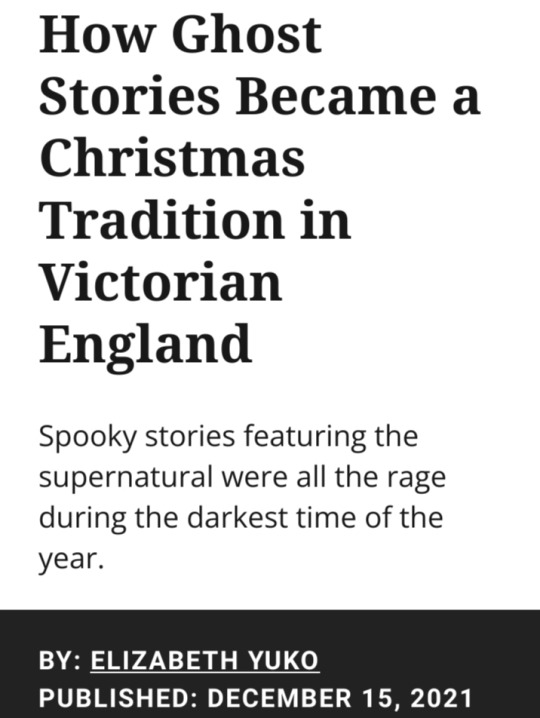
Towards the end of each year, as fireplaces are lit and hot cocoa is made, Americans have made it a tradition to revisit their favorite classic holiday books, movies and songs.
And though ghost stories may seem out of place in present-day American holiday celebrations, they were once a Christmas staple, reaching their peak of popularity in Victorian England.
A Dark, Spooky Time of Year
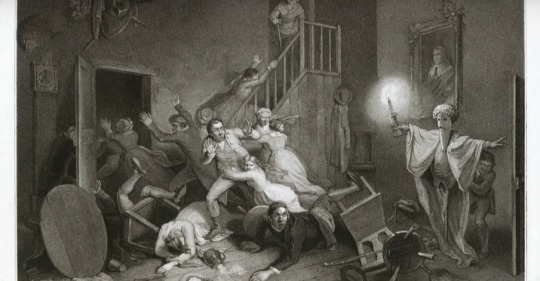
Like most longstanding cultural customs, the precise origin of telling ghost stories at the end of the year is unknown, largely because it began as an oral tradition without written records.
But, according to Sara Cleto, a folklorist specializing in British literature and co-founder of The Carterhaugh School of Folklore and the Fantastic, the season around winter solstice, has been one of transition and change.
“For a very, very, very long time, [the season] has provoked oral stories about spooky things in many different countries and cultures all over the world,” she says.
Furthermore, spooky storytelling gave people something to do during the long, dark evenings before electricity.
“The long midwinter nights meant folks had to stop working early, and they spent their leisure hours huddled close to the fire,” says Tara Moore, an assistant professor of English at Elizabethtown College, author of 'Victorian Christmas in Print' and editor of The Valancourt Book of Victorian Christmas Ghost Stories.
“Plus, you didn’t need to be literate to retell the local ghost story.”
Effects of the Industrialization Revolution

It was in Victorian England that telling supernatural tales at the end of the year — specifically, during the Christmas season — went from an oral tradition to a timely trend.
This was in part due to the development of the steam-powered printing press during the Industrial Revolution that made the written word more widely available.
This gave Victorians the opportunity to commercialize and commodify existing oral ghost stories, turning them into a version they could sell.
“Higher literacy rates, cheaper printing costs, and more periodicals meant that editors needed to fill pages,” Moore says.
“Around Christmas time, they figured they could convert the old storytelling tradition to a printed version.”
People who moved out of their towns and villages and into larger cities still wanted access to the supernatural sagas they heard around the fireplace growing up.
“Fortunately, Victorian authors like Elizabeth Gaskell, Margaret Oliphant, and Arthur Conan Doyle worked through the fall to cook up these stories and have them ready to print in time for Christmas,” Moore says.
Industrialization not only provided tools to distribute spooky stories, uncertainty during the era also fueled interest in the genre, says Brittany Warman, a folklorist specializing in Gothic literature and co-founder of The Carterhaugh School of Folklore and the Fantastic. She adds:
"Interest was driven by the rise of industrialization, the rise of science, and the looming fall of Victorian Britain as a superpower.
All of these things were in people's minds and made the world seem a little bit darker [and] a little bit scarier.”
Stories Find a Wide-Ranging Audience
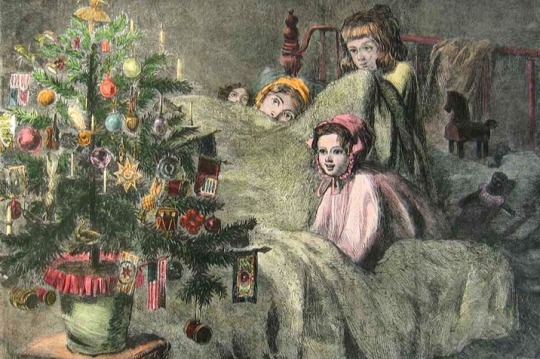
Telling horror-filled holiday tales continued to be a family affair in England, even when they were read rather than recited.
“We know from illustrations and diaries that whole families read these periodicals together,” Moore says.
The popularity of Victorian Christmas ghost stories also transcended socioeconomic status, according to Moore.
They were available to read everywhere from cheap publications to expensive Christmas annuals that middle-class ladies would show off on their coffee tables.
Their broad audience was reflected in the stories themselves, which sometimes centered around working class characters and other times took place in haunted manor houses.
“These upper class settings were intended to invite readers from all classes into an idealized, upper-crust Christmas, the type todays’ fans of Downton Abbey still enjoy as entertainment,” Moore adds.
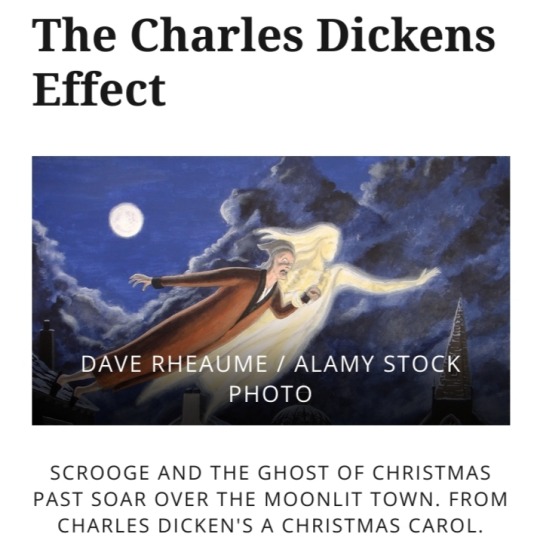
Charles Dickens’ 1843 novella A Christmas Carol has forever linked the British author with the holiday season, but his contributions to Christmas in Victorian England — including the tradition of telling and reading ghost stories — extend far beyond Jacob Marley’s visit to Scrooge.
In fact, Cleto says that Dickens played a “huge part” in popularizing the genre in England.
“He wrote a bunch of different Christmas novellas, several of which involved ghosts, specifically,” she says, “and then he started editing more and more Christmas ghost stories from other people, and working those into the magazines he was already editing. And that just caught like wildfire.”
Dickens also helped shape Christmas literature in general, Moore says, by formalizing expectations about themes like forgiveness and reunion during the holiday season.
American Christmas Traditions: More Syrupy Than Spooky
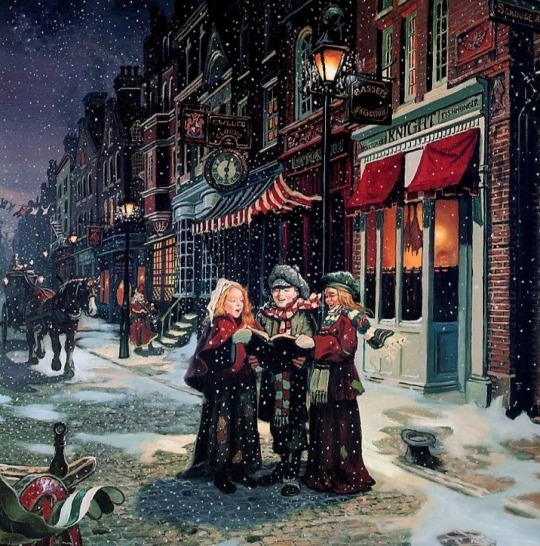
Although countless trends made their way from England to America during the Victorian era, the telling of ghost stories during the Christmas season was not one that really caught on.
A Christmas Carol was an immediate best-seller in the United States, but at the time of its publication, Dickens was arguably the most famous writer in the world and already wildly popular.
The novella’s success in the U.S. likely had more to do with Dickens’ existing (massive) fan base than it did Americans’ interest in incorporating the supernatural into Christmas.
“American Christmas scenes and stories tended to be syrupy sweet,” Moore explains.
"There were a few American writers of the period trying to put Victorian-style Christmas ghost stories into American culture,” Warman says, including Nathaniel Hawthorne and Henry James.
Washington Irving made a similar and earlier attempt, slipping the supernatural into Christmas-themed short stories published in 1819 and 1820.
Warman theorizes that America’s reluctance to embrace the Christmas ghost story tradition had to do, at least in part, with the country’s attitudes towards things like magic and superstitions.
“In America, we generally had a bit of a resistance to the supernatural in a way that European countries didn't,” she explains.
“When you come to America, you come with a fresh start. You come with a secular mindset and the idea that you were leaving the past behind. And some of these spooky superstitions were thought of as being part of the past.”
Another reason telling spooky stories never took off as a Christmas tradition in the United States was because it became more firmly established as a Halloween tradition, thanks to Irish and Scottish immigrants.
“That really impacted culture here, because they brought with them a concept similar to Halloween and that became, for America, the time period for ghosts,” Warman explains.
Traces of the Tradition
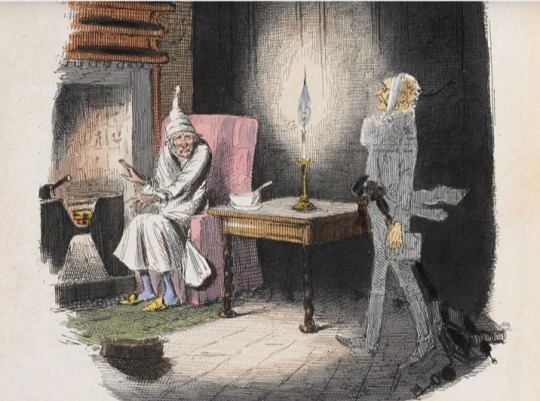
Other than A Christmas Carol, there is another piece of pop culture that reflects the Victorian Christmas tradition: a single line from a song written and released in 1963 by American musicians.
First recorded by Andy Williams, the song “It’s the Most Wonderful Time of the Year” lists 'scary ghost stories' as one of the highlights of the holiday season.
Although it’s unclear why the writers of the song (Edward Pola and George Wyle) included the tradition, Cleto says that it’s possible that the lyric is a reference to Dickens’ A Christmas Carol.
“It's only the one text,” she notes, “but it's such a big deal here in the US and the UK, and is pretty much all that Americans know about Christmas ghost stories in isolation.”
#Christmas#Christmas Ghost Stories#Victorian Era#1800s#19th century#Victorian England#oral tradition#written records#Sara Cleto#winter solstice#folklore#British literature#spooky storytelling#Tara Moore#steam-powered printing press#Industrial Revolution#ghost stories#Brittany Warman#Victorian Christmas#Charles Dickens#A Christmas Carol#Jacob Marley#Scrooge#Halloween
34 notes
·
View notes